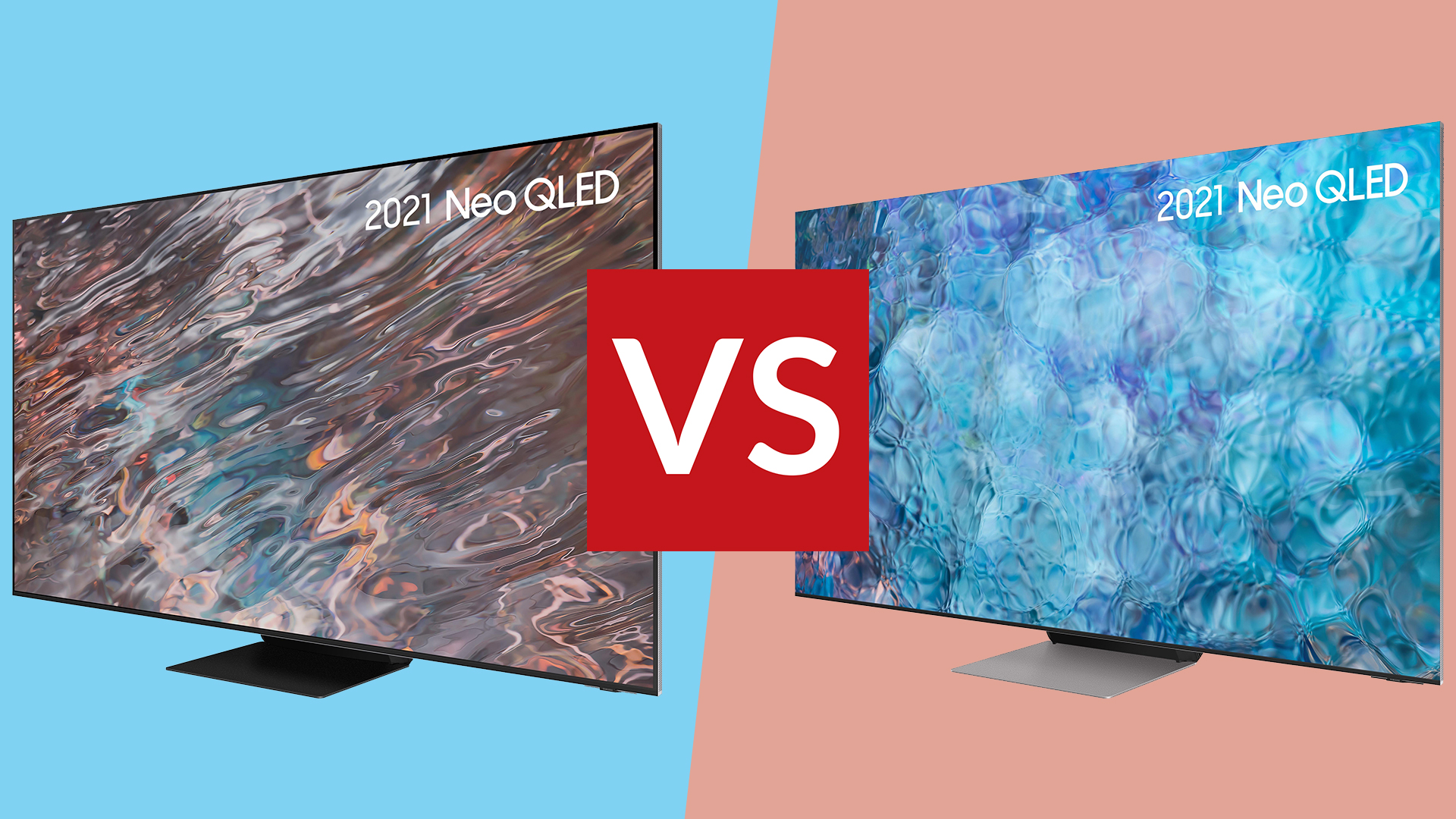

If you're looking at the best 8K TVs of 2021, you should absolutely have the Samsung QN800A and QN900A in mind. These are the top two models in Samsung entire LCD TV range, and both are equipped with the company's next-gen Neo QLED screen technology, as well as that 8K resolution and its latest and greatest image processing.
With our Samsung QN900A review already affirming it as deserving of the top spot in our list of the best TVs available today, you might not be expect to learn that this is the better-specced model of these two TVs.
But, of course, it's also the more expensive option, so we'll dig into what you get for that extra money, and whether the QN800A still offers what you're looking for from an elite TV – after all, although these models are different prices, they're both still very high-end models, with high-end prices.
Samsung QN800A vs QN900A: Price and models
The Samsung QN800A comes in 65-inch, 75-inch and 85-inch sizes. At the time of writing, the 65-inch QE65QN800A costs £3,499, the 75-inch QE75QN800A costs £4,799 and the 85-inch QE85QN800A costs £6,499.
In the US, these are known as the 65-inch QN65QN800A ($2,799), 75-inch QN75QN800A ($4,499) and the 85-inch QN85QN800A ($5,499).
The Samsung QN900A comes in the same sizes, and in the UK the 65-inch Samsung QE65QN900A costs £5,299, the 75-inch QE75QN900A costs £6,999, and the 85-inch QE85QN900A costs a colossal £10,999.
In the US, the 65-inch Samsung QN65QN900A costs $4,499, the 75-inch QE75QN900A costs $5,799, and the 85-inch QE85QN900A costs a colossal $8,999.
Sign up to the T3 newsletter for smarter living straight to your inbox
Get all the latest news, reviews, deals and buying guides on gorgeous tech, home and active products from the T3 experts
Being larger-size only is pretty standard for 8K TVs, since the higher resolution really gets to shine on bigger screens, where having four times the number of pixels offers a tangible advantage over 4K. So you tend to find 8K screens in our lists of the best 65-inch TVs, best 75-inch TVs and best 80+ inch TVs, but not anything smaller.
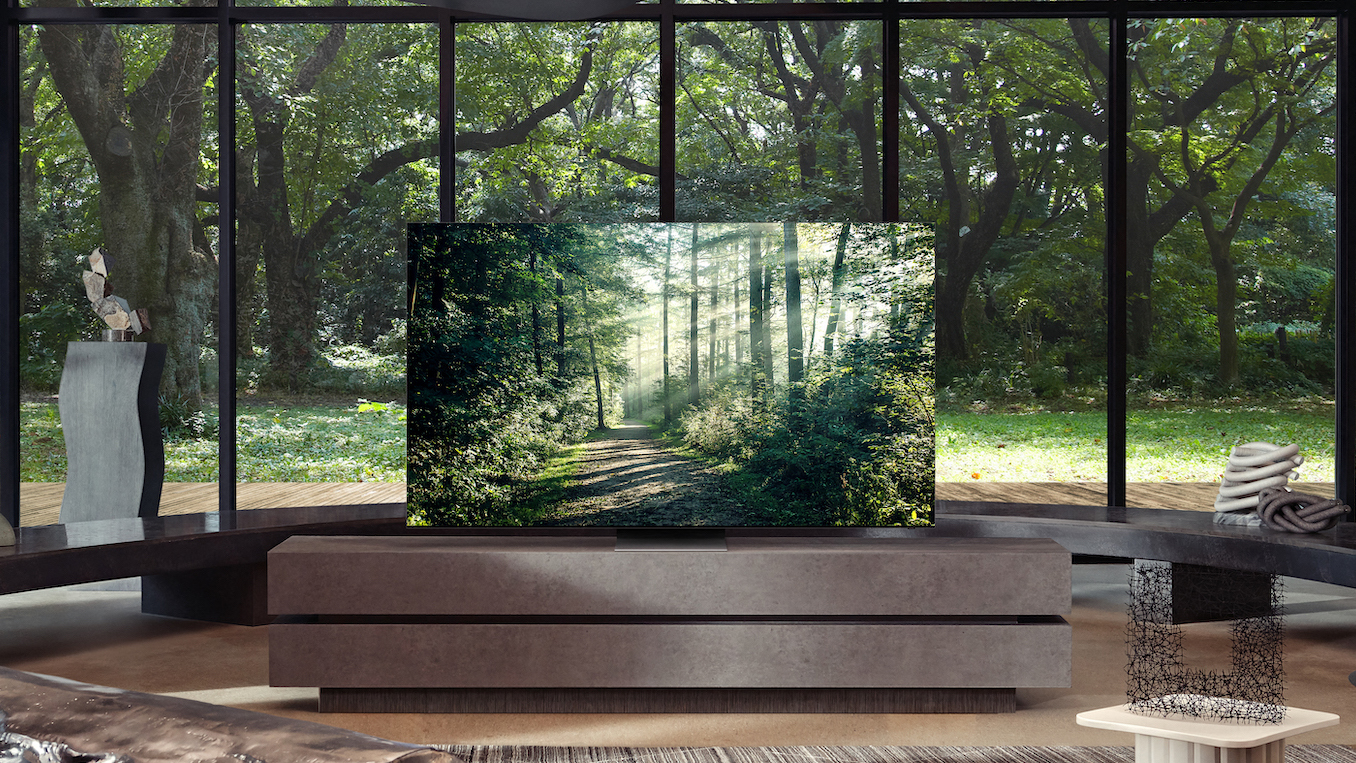
The Samsung QN900A, in a perfectly typical home.
Samsung QN800A vs QN900A: Design & features
These TVs are incredibly similar when it comes to both the design and tech features available. First, the looks: both sets are designed to the same overall 'Infinity One' look, which means incredibly thin panels with a single foot stand attached (and the option of wall-mounting instead, of course).
The panels are dead flat on the back as well as the front, and really do feel like they're barely there. The QN800A is just 16.9mm thick, while the QN900A is even more preposterous at 15.2mm. Similarly, the QN800A has just the slightest bezels arounds its edges, while the QN900A has an even thinner edge that's effectively invisible.
The thinness is thanks to the mini-LEDs used in the Neo QLED panel – these are 40 times smaller than the lights used in Samsung's previous TVs (according to Samsung), which means they take up much less space.
The other major factor that makes them so thin is that there are no connections and no processing within the TV unit. Those are all in a separate box, called the One Connect box, which connects to the TV over a single thin cable.
This enables you to hide the box in your TV unit or wherever, and keeps the svelte lines of the TV untroubled by all those HDMI cables. Both models include the One Connect box.
Both TVs feature the same Samsung Neo Quantum Processor 8K for image processing, which is among the very best of its kind. It uses machine-learned knowledge of what common scenes and objects should look like so that it can better upscale low-res video or process motion to look clearer. Both models also include ultra-wide angle viewing and anti-reflection tech so they're clearer to see in real-world living rooms.
Both sets feature Samsung's Object Tracking Sound tech, which uses speakers positioned around the edge of the display – plus clever processing of soundtracks – to add better positioning of audio in the space in front of you. The QN900A includes more speakers, though. Sadly, there's no decoding of Dolby Atmos soundtracks on either set, though the TV will pass Atmos out to a soundbar or receiver over its HDMI eARC ports.
Samsung's smart TV platform is one of the easiest to use and more comprehensive for streaming app support in the business, and the nice thing is that's true whether you buy these elite TVs or cheaper models.
You also get the same great range of gaming features on both models, including all HDMI ports support HDMI 2.1 features, including 4K 120Hz and Variable Refresh Rate, plus AMD FreeSync.
Samsung's new Game Bar is a smart feature too, enabling you to choose settings on the fly, and make sure response time is a low as you want. The sets also support a letterboxed ultra-wide mode for compatible PC games, which is a niche need, but will make some people very happy.
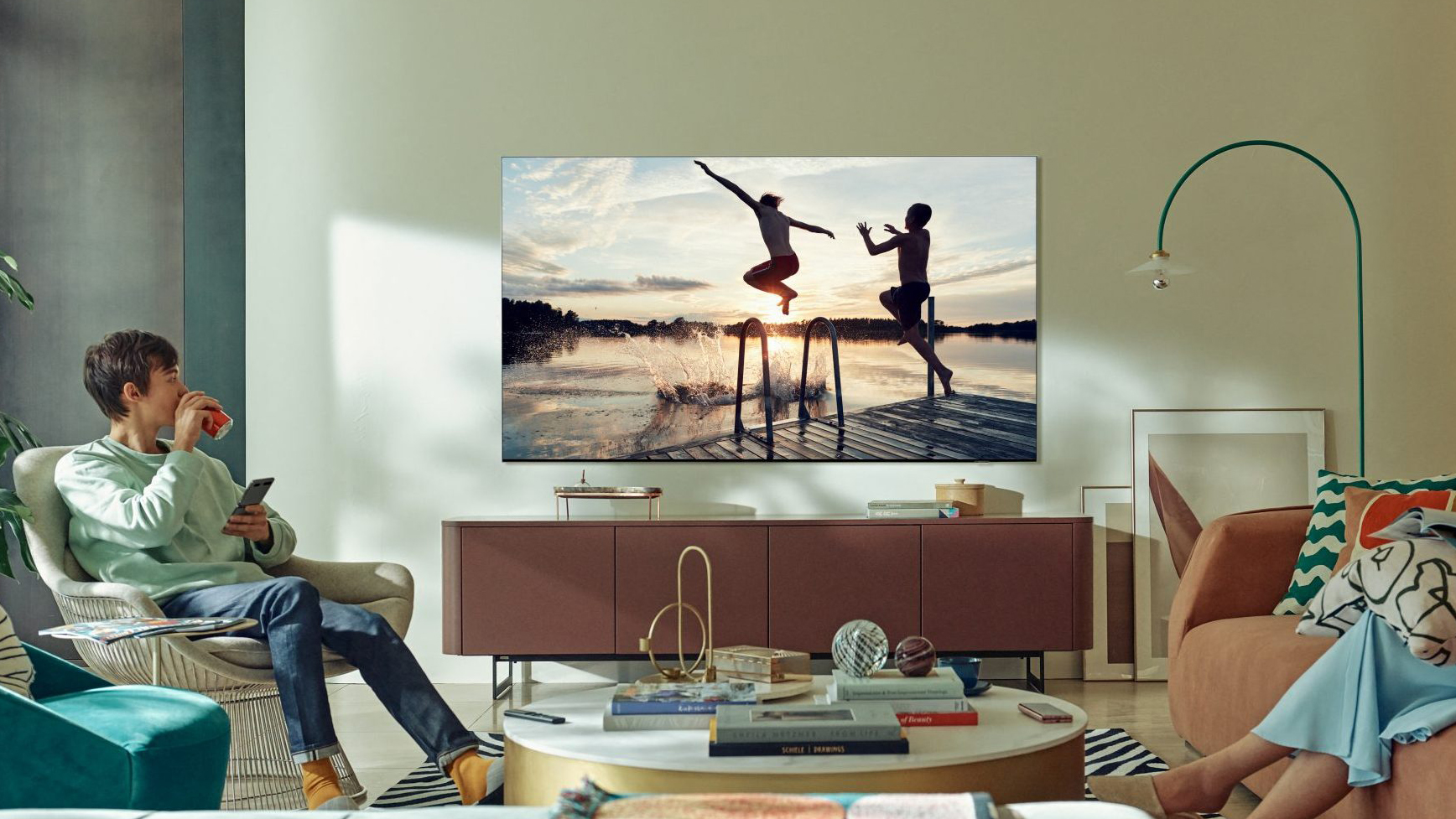
The Mini-LED backlight provides astounding contrast on both models. Even if you sit really far off to the side for some reason, like this man.
Samsung QN800A vs QN900A: Picture quality
In terms of features, the two sets are effectively identical, then. The difference is really in image quality.
The long and short of it is that the QN900A represents the absolute peak of what Samsung is capable of with QLED sets. It pushes the brightness of the backlight to its limit, and also appears to offer more precision when it comes to local dimming.
The QN800A is rated by Samsung as 'HDR2000', while the QN900A is rated as 'HDR4000'. Basically, the QN900A is designed to go brighter in HDR peak brightness levels, adding even more of the dazzle of the real world to scenes that call for it.
Both are still incredibly bright, we should say, both blasting far beyond the peak brightness levels that the best OLED TVs can offer.
When it comes to local dimming, what we're looking for is for the lighter parts of the screen to avoid spilling the light behind them into dark areas nearby – this is known as 'blooming'. The QN900A appears to handle this better than the QN800A – the benefit of having that extra money in the panel design.
Otherwise, they the same in all the really key ways – including the most important one for 8K TVs, which is the upscaling from 4K to take advantage of all those extra pixels that an 8K set has. They do an incredible job of this, and really make 4K video look sharper than any 4K can, even if it's not at quite the level of native 8K footage for overall realism. You get this in either model, which is great.
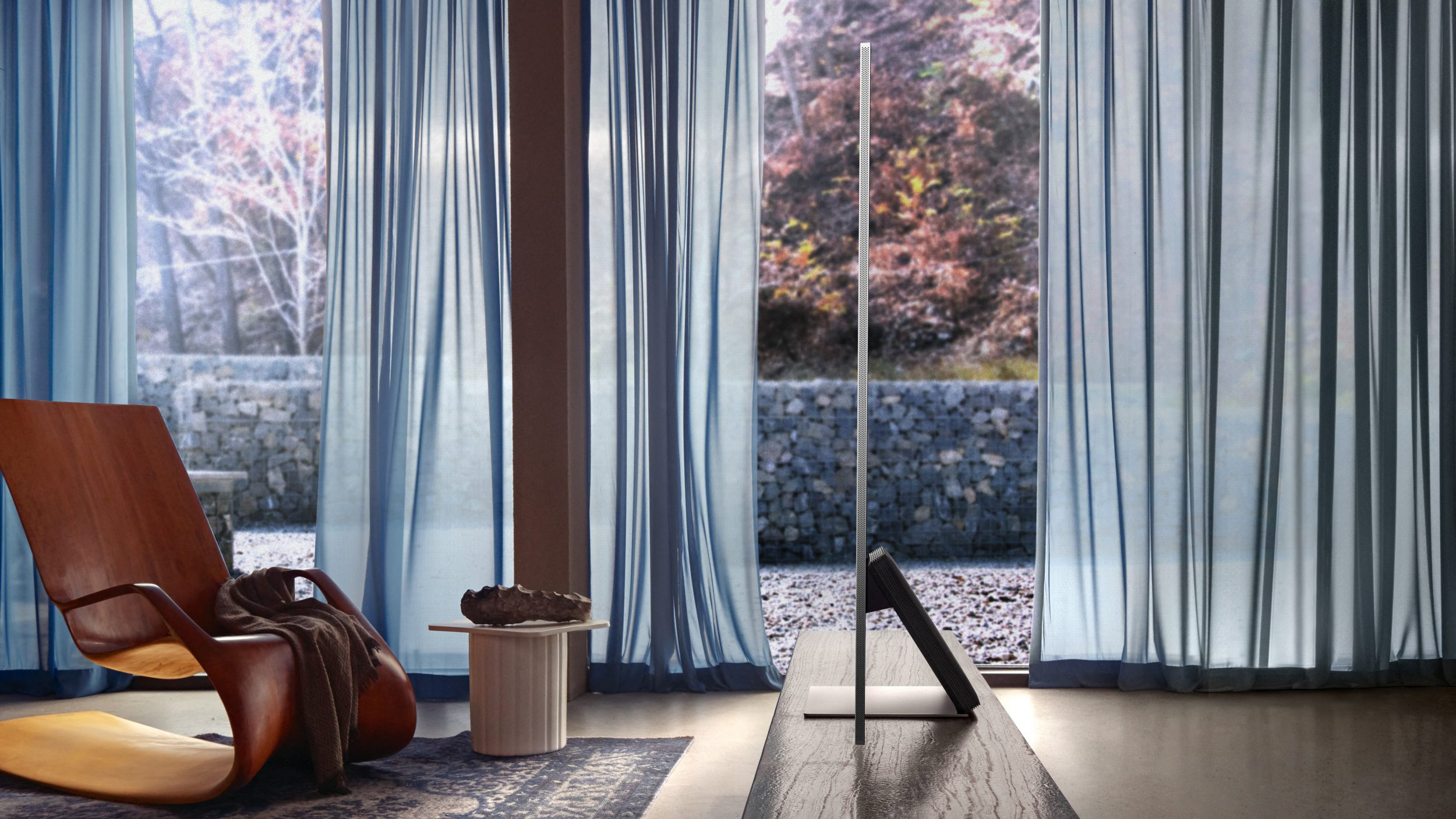
The speakers are built into the edges of the TV. You're looking at them right now! Well, you were before you moved on to this caption.
Samsung QN800A vs QN900A: Sound quality
Samsung's Object Tracking Sound technology is designed to make TV audio seem more 3D. Because there are speakers all around the edges of the screen, these sets can really make something sound like it's coming from the top-left of your vision, or that something is moving from left to right, rather than it all just happing in the centre.
The QN800A uses eight individual speakers, and Samsung calls this Object Tracking Sound+. The QN900A uses 10 speakers, adding just that little bit extra clarity and dimensionality.
Really, you should be pairing these with a sound system that's as good at audio as they are at video – perhaps one of the best soundbars.
In fact, Samsung actually has a special feature for if you add one of its own soundbars. It's called Q Symphony, and it basically makes the TV speakers work together with the soundbar's speakers, creating an even bigger soundstage than either can achieve on its own. It's really impressive – we've got a guide to the best soundbars for Samsung TVs that includes Q Symphony models. Both of these sets supports Q Symphony.
Samsung QN800A vs QN900A: Verdict
As we mentioned at the start, ultimately, the Samsung QN900A is the best model – there's no question. They're very similar in almost all ways, but that one offers even better image quality.
However, the QN800A costs a huge amount less, and you could buy a truly elite soundbar to pair with it for the amount you'd save. So that's your dilemma really: get the very best image quality LCD TVs have to offer in 2021, or dial that back just a little and save a large chunk of money.
Matt is T3's former AV and Smart Home Editor (UK), master of all things audiovisual, overseeing our TV, speakers and headphones coverage. He also covered smart home products and large appliances, as well as our toys and games articles. He's can explain both what Dolby Vision IQ is and why the Lego you're building doesn't fit together the way the instructions say, so is truly invaluable. Matt has worked for tech publications for over 10 years, in print and online, including running T3's print magazine and launching its most recent redesign. He's also contributed to a huge number of tech and gaming titles over the years. Say hello if you see him roaming the halls at CES, IFA or Toy Fair. Matt now works for our sister title TechRadar.
-
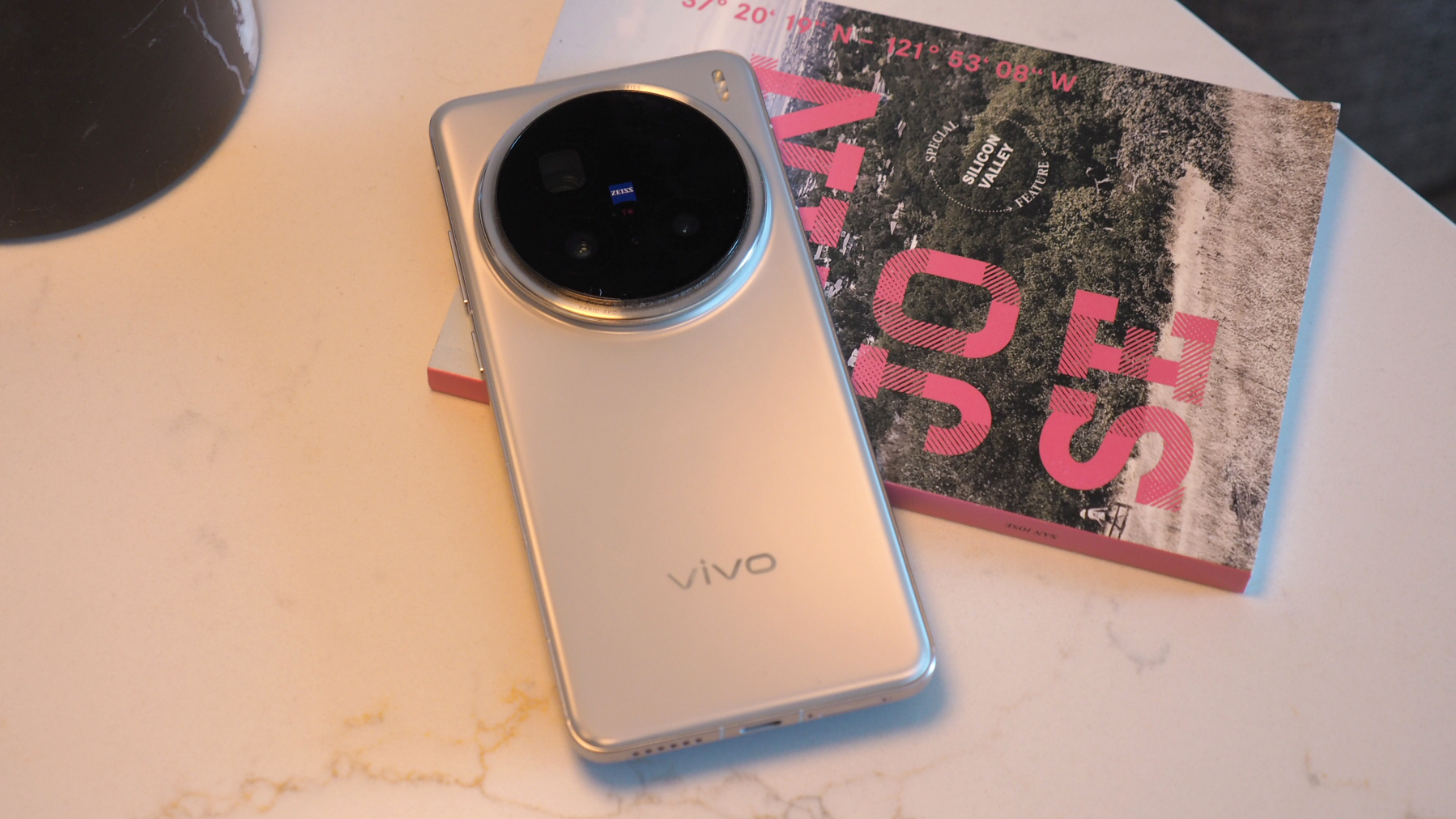 Android phones just got surprise prospective upgrade from MediaTek
Android phones just got surprise prospective upgrade from MediaTekDimensity 9400+ anyone? MediaTek's powerhouse chip just ranked up
By Mike Lowe Published
-
 This Disney Plus favourite had 100% on Rotten Tomatoes last season – here's when the new one is out
This Disney Plus favourite had 100% on Rotten Tomatoes last season – here's when the new one is outIt's an Emmy award-winning show
By Sam Cross Published
-
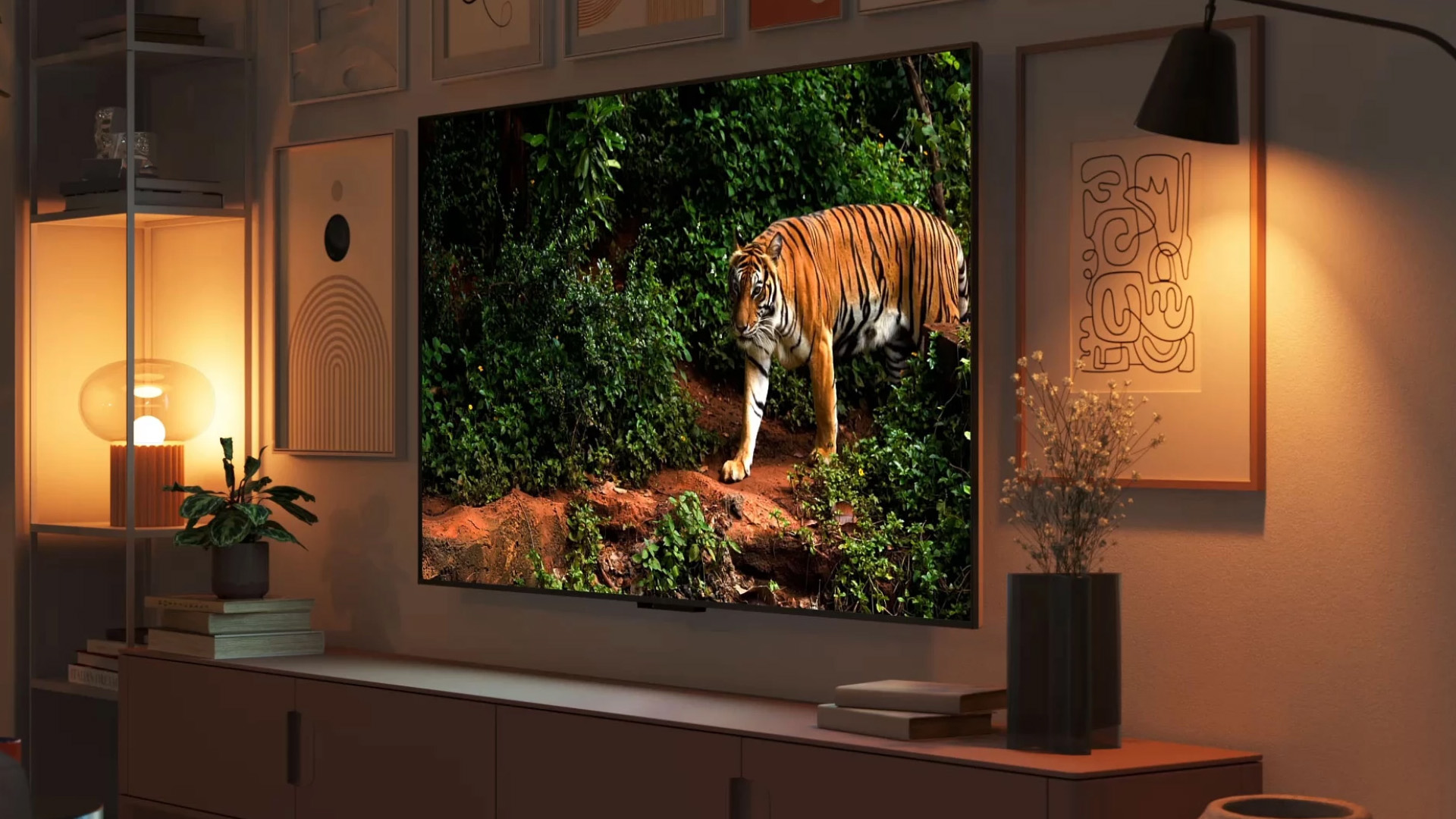 Amazon Fire TV Omni Mini-LED 4K TV review: a huge step up in performance
Amazon Fire TV Omni Mini-LED 4K TV review: a huge step up in performanceAmazon's second-gen Fire TV and first Mini-LED TV is a great option
By Steve May Published
-
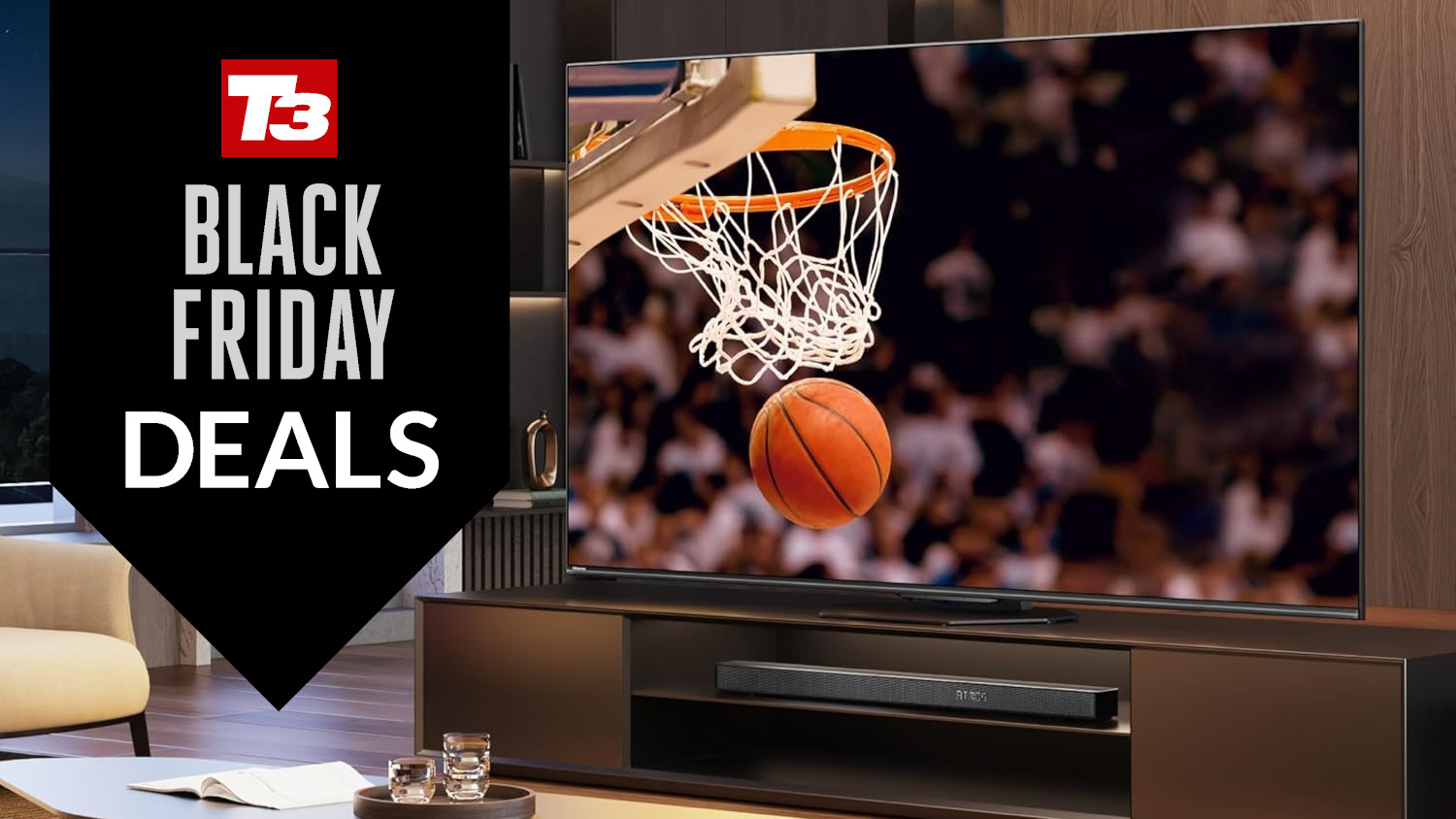 Early Black Friday deal sees price of massive 75-inch TV slashed
Early Black Friday deal sees price of massive 75-inch TV slashedYou'll even get a free copy of NBA 2k25
By Sam Cross Published
-
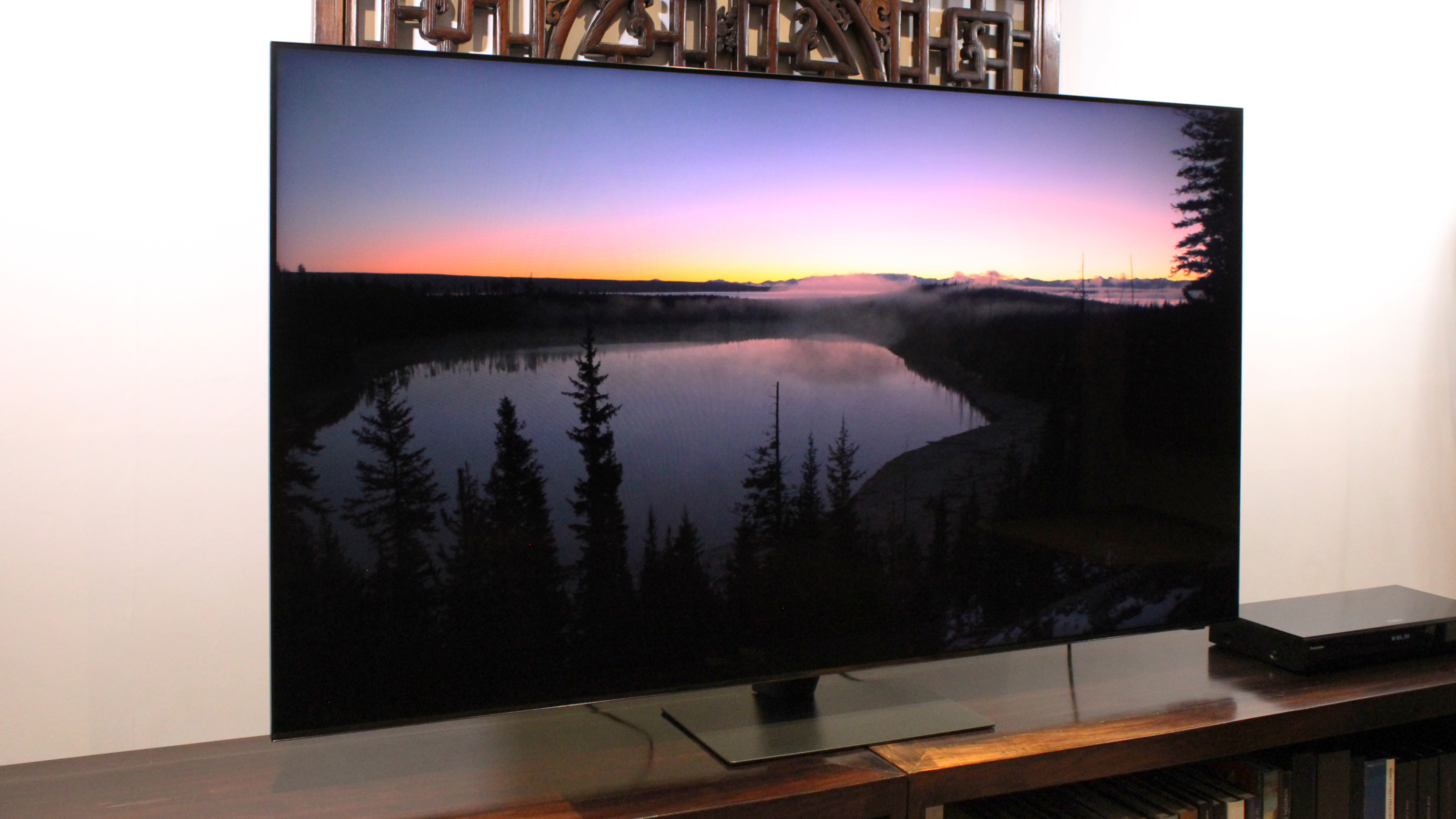 Your Samsung TV just got its biggest free upgrade yet
Your Samsung TV just got its biggest free upgrade yetOne UI is rolling out to the latest Samsung TVs now
By Britta O'Boyle Published
-
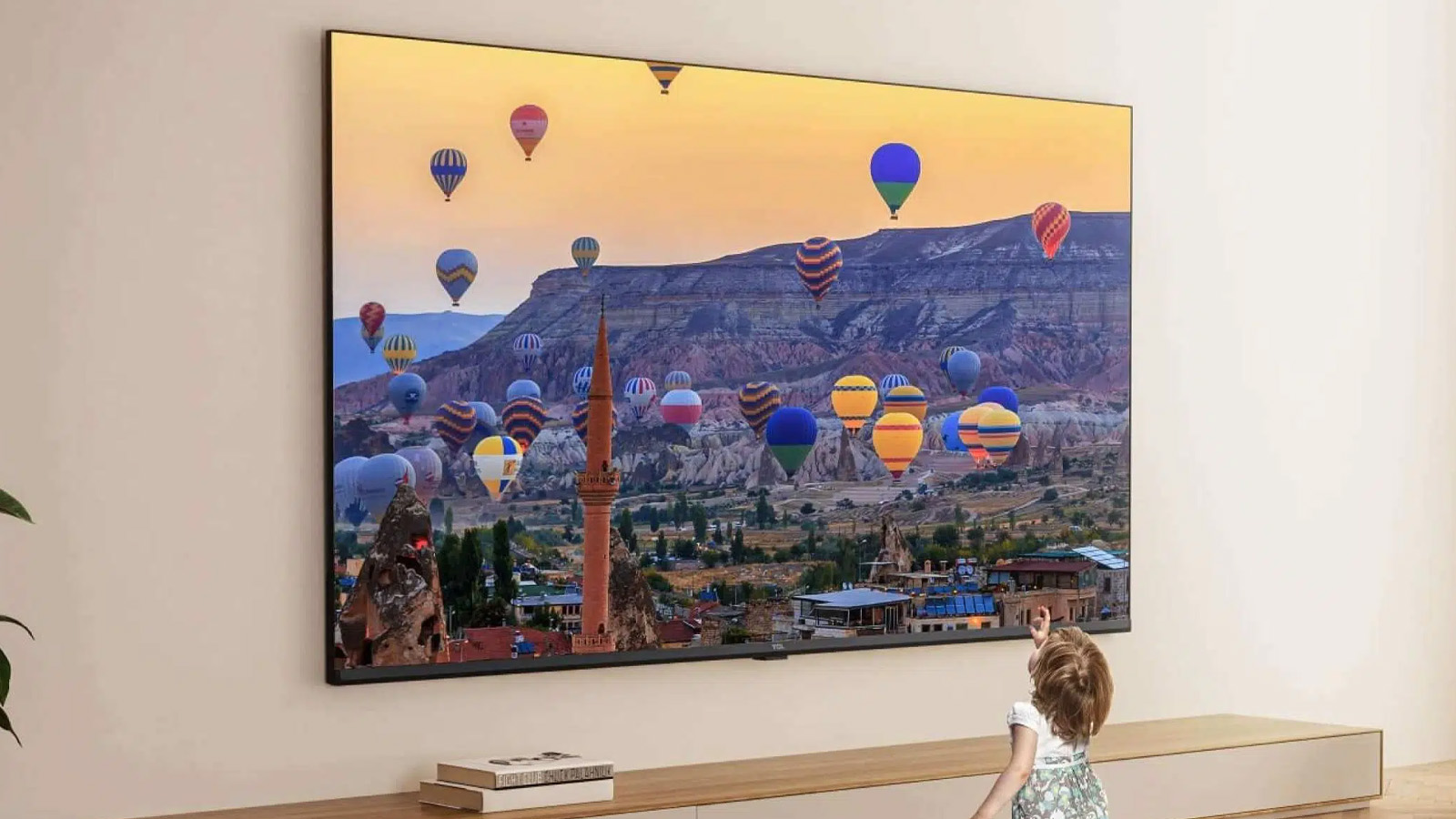 This ultra-bright mini-LED TV is the display of my dreams
This ultra-bright mini-LED TV is the display of my dreamsTCL's next flagship looks fantastic
By Andy Sansom Published
-
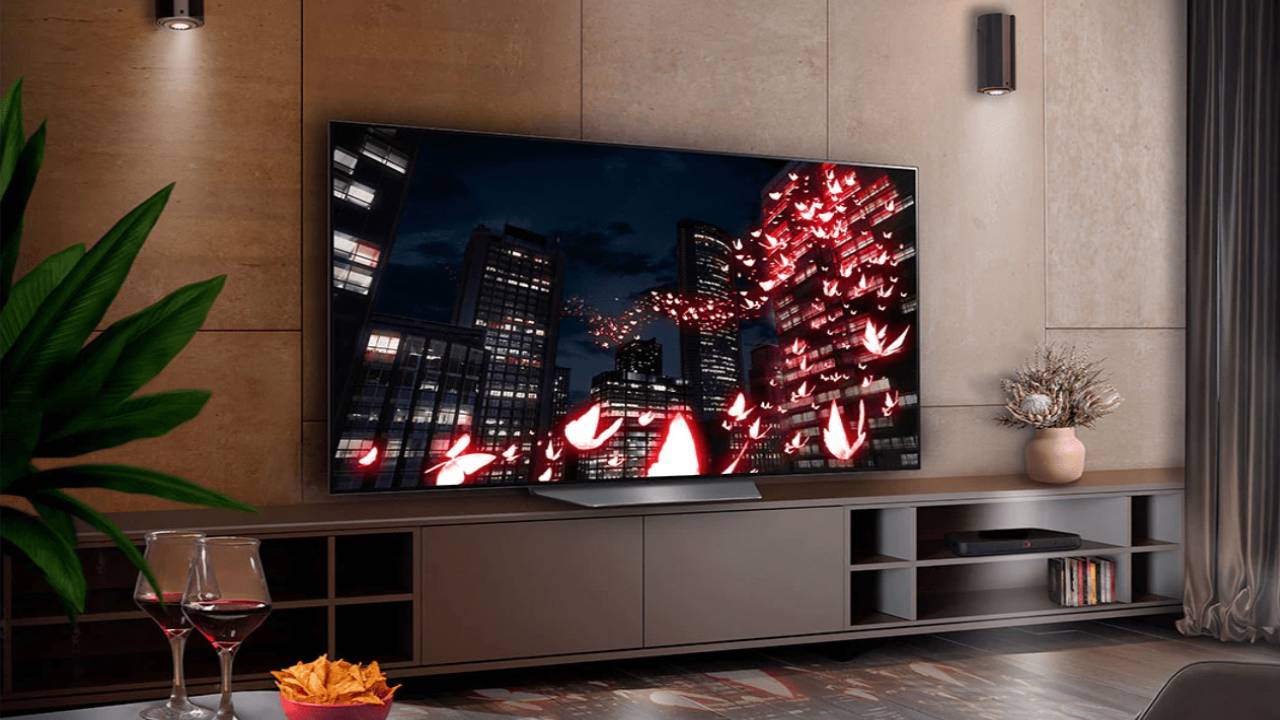 LG TV owners just got Apple TV+ for free
LG TV owners just got Apple TV+ for freeNo matter if you have an LG OLED TV or an LED model, you just got Apple TV+ for free
By Robert Jones Published
-
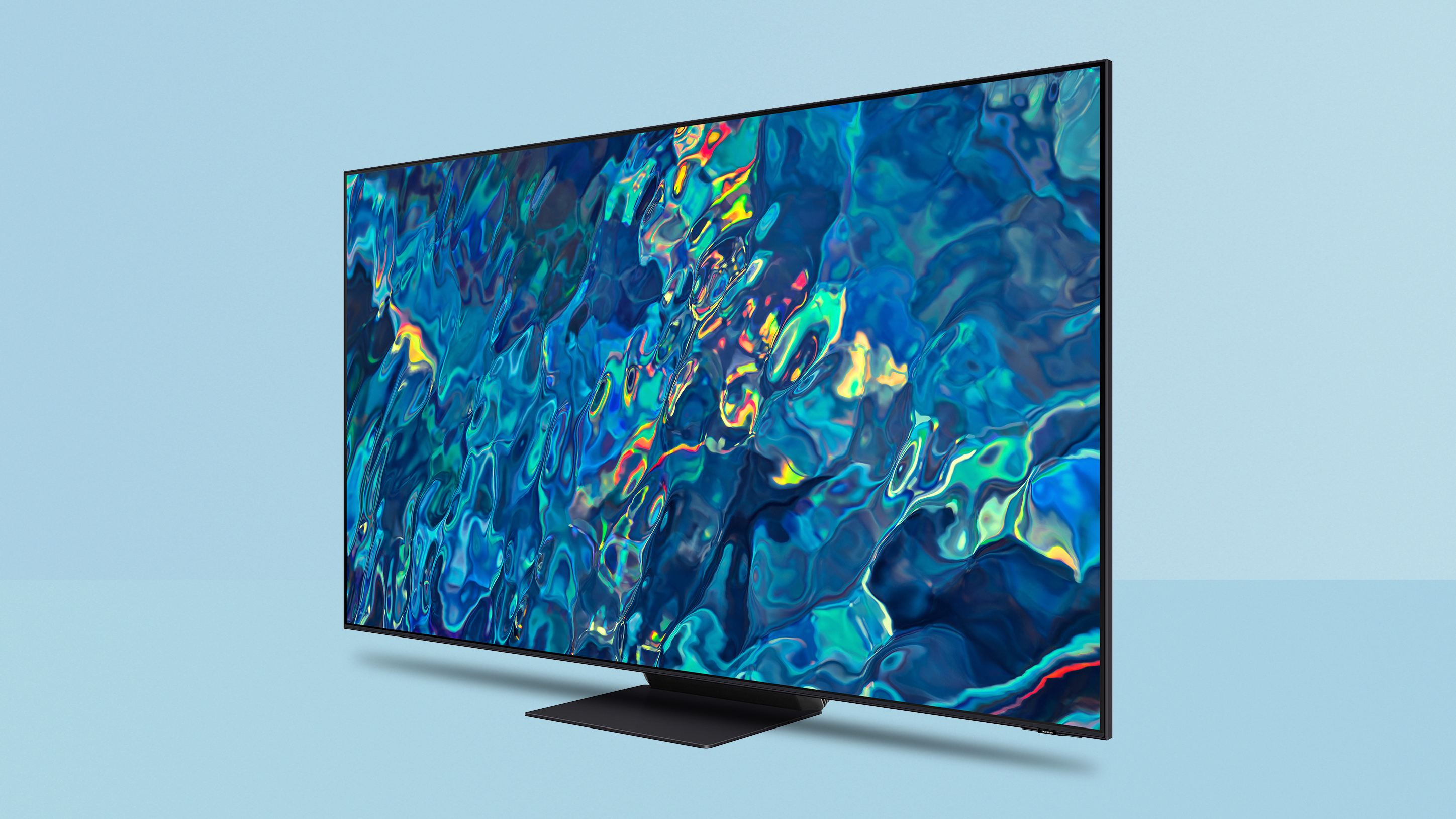 Samsung smart TV owners just got a welcome image upgrade
Samsung smart TV owners just got a welcome image upgradeHDR10+ comes to the Apple TV app on Samsung Smart TVs
By Carrie Marshall Published
-
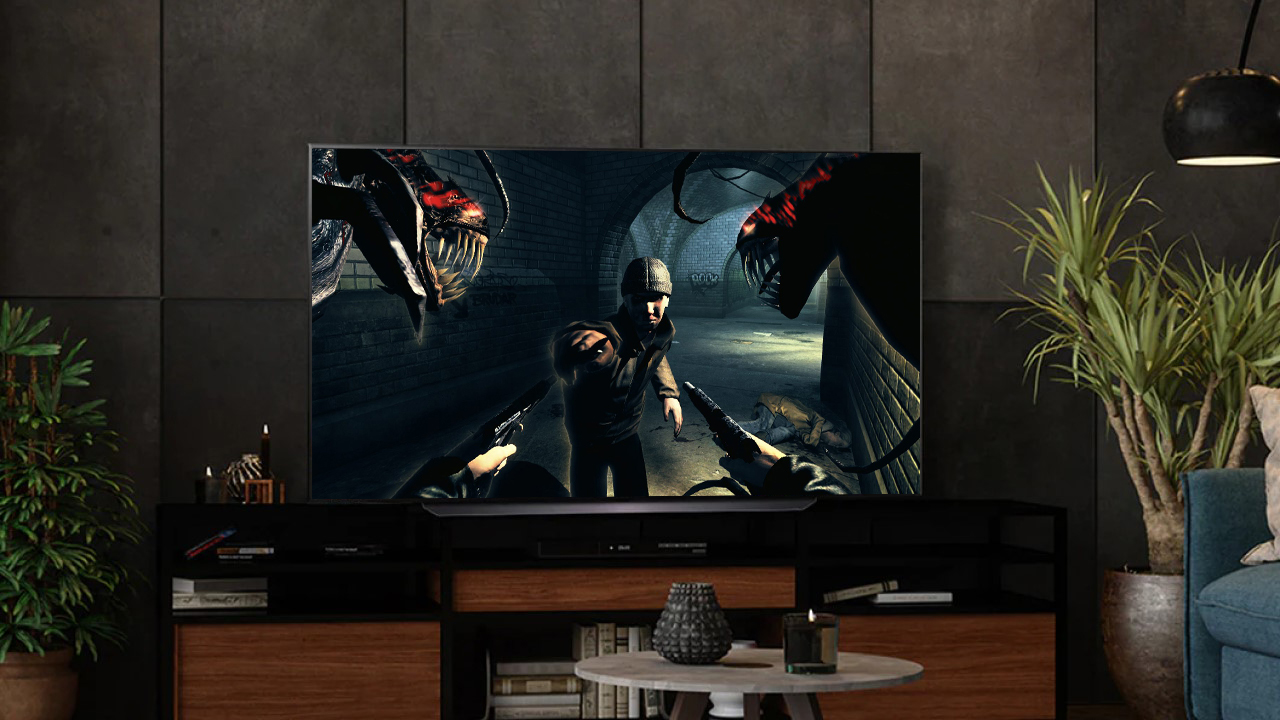 My LG C1 OLED TV makes The Darkness look incredible on Xbox Series X
My LG C1 OLED TV makes The Darkness look incredible on Xbox Series XThis classic first-person shooter is taken to a new level of awesome thanks to OLED TV tech
By Robert Jones Last updated
-
 TV deals in the Amazon Prime Early Access Sale from Samsung, LG and more
TV deals in the Amazon Prime Early Access Sale from Samsung, LG and moreBlack Friday deals have come early with these TV deals as part of Amazon's Prime Early Access Sale
By Mat Gallagher Last updated